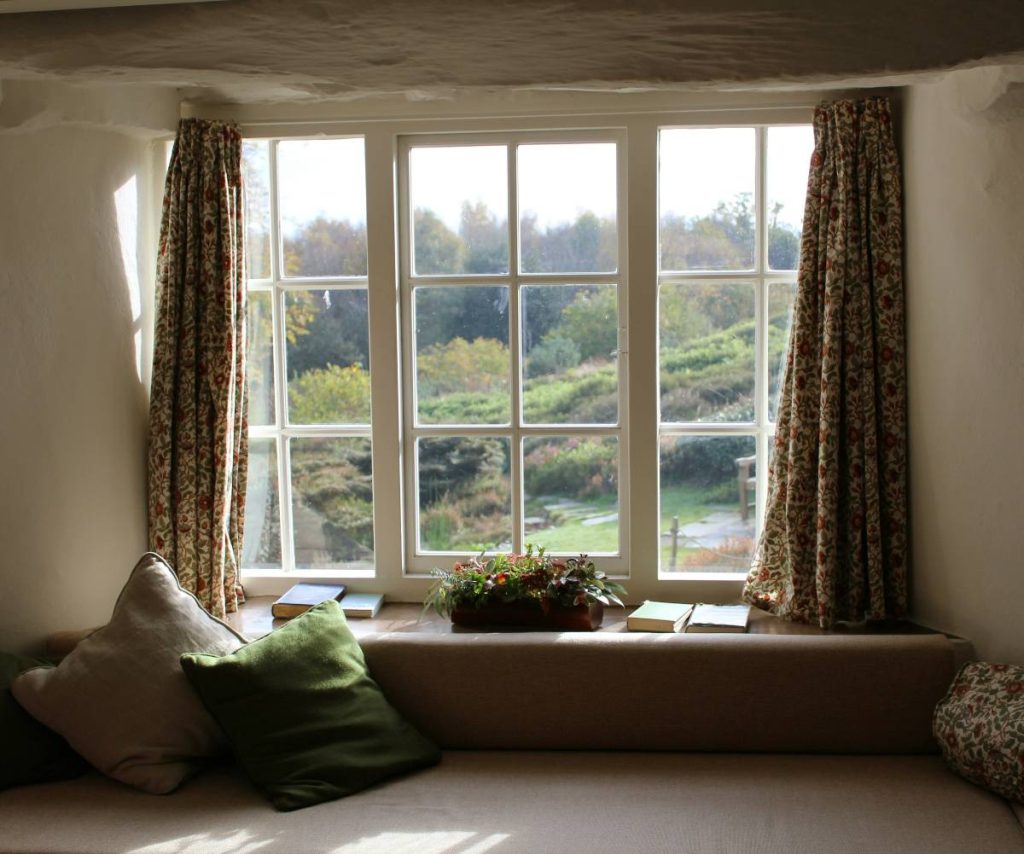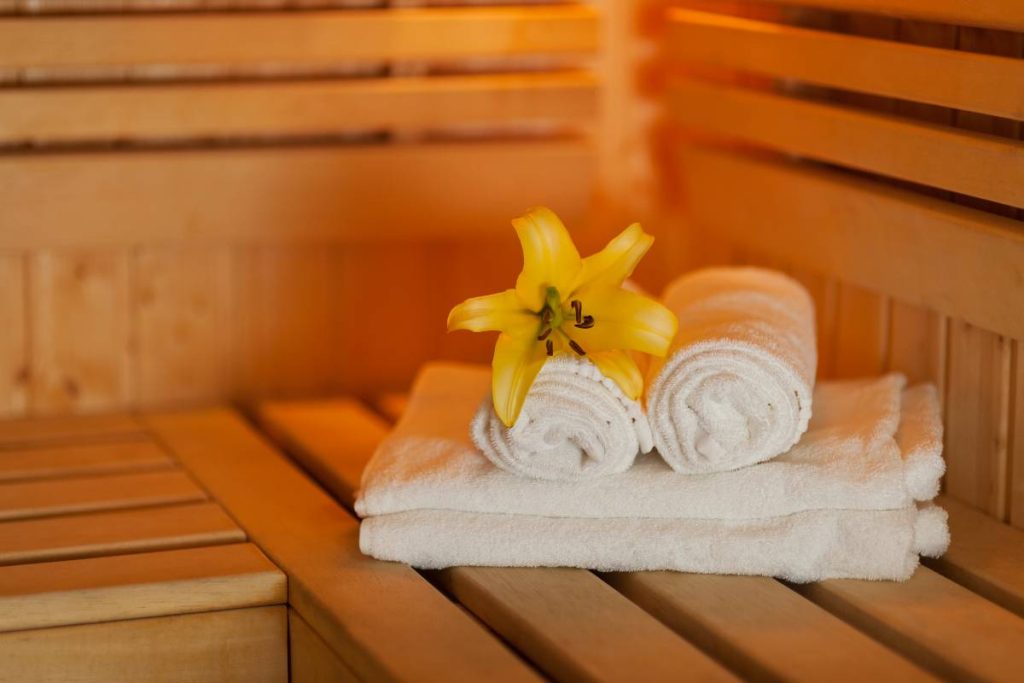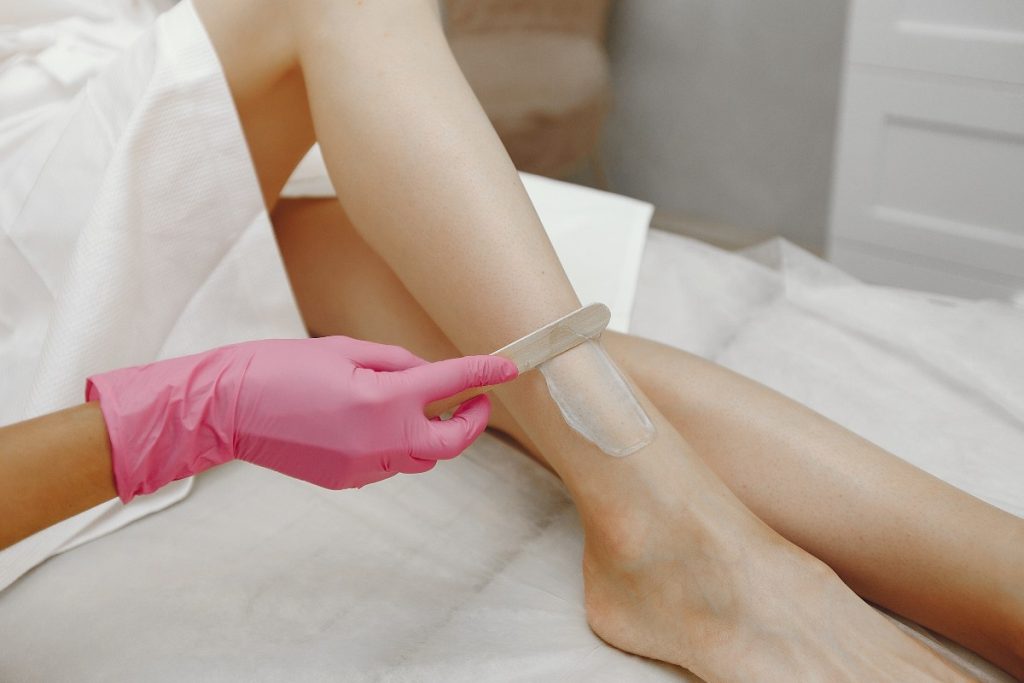Taking this further, whether you are a tenant searching for apartments for rent and hoping to create a healthier living space, or a landlord aiming to maintain a safe and comfortable home, you can apply this advice to improve the overall quality of the property.
This guide highlights the key aspects of a healthy indoor environment, from optimizing ventilation and humidity to safely managing pests and reducing harmful chemicals, along with plenty of practical tips.
Following these suggestions can help minimize significant health risks such as mold, indoor air pollution, dust mites, and allergens – ultimately enhancing comfort and well-being in the home.
Ensure Adequate Ventilation

Sufficient ventilation is basic in preserving the quality of the air within the building as well as the health of the people residing in the housing units. Although the regulations set by the government offer some minimum standards of ventilation for the landlords, the tenants themselves can actively improve the ventilation in the housing units.
Sufficient ventilation circulates indoor air, thereby reducing the concentration of indoor allergens, pollutants, and harmful contaminants that build up over time. This is critical in the case of rental houses because while residents may not have the capability of changing the structure of the house, they can influence the air quality through their daily routines.
Moreover, ventilation can also influence the rental price and the satisfaction of the tenants, as these properties will generally be more enjoyable and healthier to live in.
Using exhaust fans is an effective method for improving ventilation in a house, specifically in the kitchen and bathroom. Cooking and bathing activities generate moisture and air pollutants which the fans help remove, thus preventing mold growth as well as deterioration of indoor air quality.
The exhaust fans aid in keeping VO, humidity, and other volatile organic compounds in check which help mitigate oxidative stress.
Additionally, the practice of opening the windows of a house allows the free movement of air in and out of the house, which is a very effective replacement technique for circulating stale indoor air.
These actions help notes the air quality sequestering the concentration of indoor dust mites and other allergens which can aid in improving respiratory health and reduce the risk of asthma attacks related to inadequate ventilation.
Proper care of air conditioning systems also enhances the ventilation equipment. Air conditioning systems must be cleaned and serviced regularly to ensure that they provide clean, cool air efficiently and reduce humidity levels indoors.
Proper air conditioning also helps filter high levels of outdoor air pollution which, without these systems, would enter the house.
Control Moisture and Humidity Levels

Optimal humidity control is important indoors, to mitigate mold growth and minimize allergens. Moisture can lead to mold issues that not only damage property, but also pose significant health risks, including respiratory problems, allergies, and even asthma attacks.
Removing moisture from the air in the bathrooms and kitchens by using exhaust fans helps improve indoor air quality and mold control.
The risks of humidity indoors, particularly in hot and humid regions, can be controlled using dehumidifiers and air conditioners. These devices reduce humidity, creating a conducive indoor environment and curtailing the growth of dust, mold, and other indoor allergens.
Further, using humidity indicators or hygrometers to monitor indoor humidity and ensuring they are maintained within the recommended range of 30%-50% also helps to control mold and other allergens.
Keeping the home structure moisture-free involves controlling water leaks and drainage. Prompt repairs of plumbing and structural leaks, proper waste water drainage, and avoiding condensation on surfaces by keeping them warm are practices helpful for moisture control.
By proper management, the surfaces like walls and floors which are cold and prone to condensation should not be permitted to collect water as this can encourage mold growth. Regular monitoring of such spaces can identify the early stages of moisture problems.
Closing windows and using them as breathing spaces, using exhaust fans during the activity, and using limited indoor clothes drying are some of the methods of controlling moisture. Communication with respective landlords pertaining to persistent problems regarding moisture and leakage in the home is important in keeping the dwelling in good condition.
Address Lead Hazards
Everyone, especially elderly adults and children, is at risk of lead poisoning which is considered a critical public hazard and deteriorates health at any amount of exposure. Moreover, inhaling lead is a common problem.
Disposable surfaces and using damp cloth and wipes instead of using brooms makes sure that no lead is inhaled and instead, captured and thrown away. To make sure that possible lead residing surfaces or areas is gone, regular lead scrubing mopping, and scrubing is required.
Within your home, it is best to make sure that outdated homes which potentially were built before 1978 is repaired using protective marks to cover them up. Moreover, proper and full coverage during the renovation is vital.
Whilst doing that, protective covering masks and full body suits and proper covering is required to make sure any harmful dust or chunks of lead is fully covered and then thrown away.
To avoid lead exposure, it is a smart choice to scrub potent living areas such as sills and the windows as that is a vital area. Moreover, to make sure there is no lead dust, the residents sre encouraged to use lead protective masks whilst at home.
To summarize, lead attracts and deteriorates the health of people no matter. High exposure to lead especially in children and the elderly. Additionally, to children and adults, and then chop away at their health, lead amount are to be avoided.





